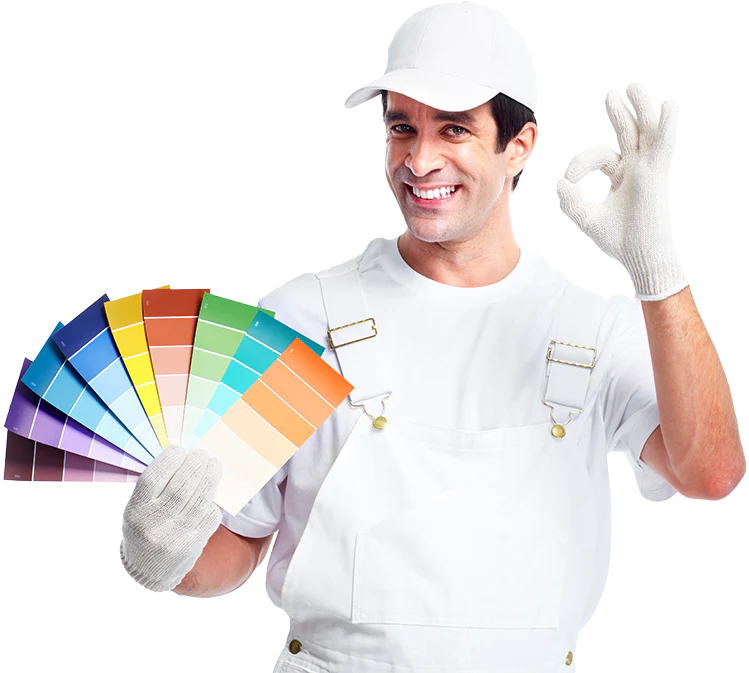Color Your World: How Vinson Paints Brings Durability, Elegance, and Sustainability to Every Wall
Every wall tells a story. At Vinson Paints, we believe your home deserves colors
Read MoreThe Vinson brand's growth and success are attributed to its affordable quality. Customers who buy commercial and domestic paint across the nation have praised Vinson Paints for its high-quality paint products.
This has inspired us to increase the number of paint products we provide. Along with being easily affordable for most customers, our products also benefit from a robust distribution network that makes them widely accessible in all geographical areas.

Project Completed
Client Satisfaction
Awards
Expert Members
We believe brand interaction is key in communication. Real innovations and a positive customer experience are the heart of successful communication.
To calculate the quantity of paint you need:
Understanding Interior and Exterior Paint
Interior Paint
Interior paint is designed for use inside homes or buildings. It differs from exterior paint in several ways:
Exterior Paint
Exterior paint is formulated specifically for outdoor use and differs from interior paint in the following ways:
Buying sample paints is a great way to test colors before committing to a larger quantity.visit our hardware store or contactus
Yes

Every wall tells a story. At Vinson Paints, we believe your home deserves colors
Read MoreWhen it comes to revitalizing your living space, color plays an essential role. Whether you'r
Read MoreWe are honored to announce that Vinson Paints has been officially reco
Read MoreCopyright @ 2025 All rights reserved Vinson Paints